Half don’t know gluten is contained in cornflakes, pasta, pizza, fruitcake and biscuits.
Nearly one in ten people have started cutting wheat or gluten from their diet, yet confusion is rife as to what gluten actually is and where it can be found. In fact, new research has shown that 70 percent of those surveyed had no idea that gluten was a protein and nearly one in six (17 percent) believe it to be an additive or a preservative.
The research, commissioned by Barleycup, a gluten-free drink found that consumers were also confused about which food and drink might contain gluten – with over half (58 percent and 55 percent respectively) of respondents believing that standard cornflakes and fruitcake are usually free of gluten and just under half (43 percent, 45 percent and 44 percent respectively) believing that pasta, pizza and biscuits are.
Nearly half (48 percent) of those surveyed said that they are excluding the likes of gluten and wheat from their diet to eat more healthily and most (90 percent) have not been diagnosed with either coeliac disease or an intolerance to gluten. Many too were unaware of the difference between the two conditions – with only 17 percent of respondents correctly identifying coeliac as an auto immune disease. Over 50 percent thought it was food intolerance or food allergy and two percent thought it was an infection.
Barleycup’s consultant nutritionist, Helen Money is concerned about this lack of understanding: “It’s important to help consumers recognise the difference between the two conditions and show how they can still enjoy a healthy balanced diet – without gluten, if that’s what they need or choose to do. There are some excellent free-from food and drinks available these days and if in doubt, look for products that have been certified gluten-free – like Barleycup.”
Coeliac Awareness week, which aims to help over half a million people living with the disease undiagnosed, takes place from 9th to 15th May. To promote the week and heighten awareness of the condition, Barleycup is sharing tips to assist the rising number of people looking at going gluten-free.
Lucyna Glowczak, Brand Manager at Barleycup adds, “To support Coeliac Awareness Week, we’re helping consumers understand more about gluten and how they can still enjoy a healthy balanced diet if they choose to remove it. Gluten can be found in a wide range of foods from bread and cakes to sauces and many ready meals and we want to make sure people have all the information they need to understand both the protein itself and the conditions associated to it.”
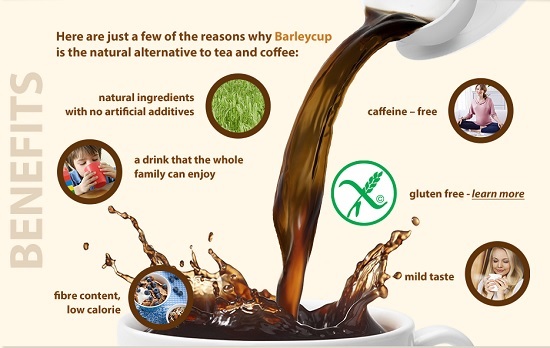
Barleycup is highlighting gluten free living with a range of tips to help people living with coeliac disease or an intolerance to gluten. The #GoGlutenFree campaign aims to tackle some of the inaccuracies people have around gluten, and provide tips to help find gluten-free alternatives, for example drinking Barleycup instead of tea or coffee. Barleycup is naturally caffeine free with no added sugars and it is certified gluten-free by Coeliac UK.
For more information on Coeliac Awareness Week 2016, log onto Coeliac UK’s website www.coeliac.org.uk and check out @BarleycupUK for regular advice on going gluten-free throughout May.
*OnePoll research of 2,000 UK Adults February 2016
Barleycup is made using a unique process that includes extracting a liquid that is free from gluten. This liquid is then dried and used either as a powder or granules. The gluten is retained in post extraction waste – and the products are regularly tested by an accredited laboratory to ensure that the gluten levels do not exceed 10mg/kg. (The EU regulation on food safety defines the permissible gluten level for a product to be labelled ‘gluten-free’ to be 20mg/kg or less.)
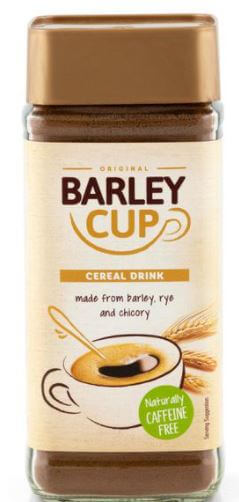
Barleycup Powder and Barleycup Granules are available in 200g jars from Holland & Barrett. All Barleycup drinks – including Barleycup with Dandelion are available at independent health food stores nationwide and online including:
- amazon.co.uk
- naturallygoodfood.co.uk
- shipleyhealthstore.co.uk
- vitalifehealth.com
- goodness.co.uk
- auravita.com
- realfoods.co.uk
- yourhealthfoodstore.co.uk
- naturalgrocery.co.uk
Average retail price October 2015, for Barleycup powder 100g £2.00
Tips For Eating Gluten-Free from Barleycup’s nutritionist, Helen Money
Following a gluten-free diet need not be limited, indeed there is now a great variety of gluten-free food and drink available in supermarkets and health food stores. Following a gluten-free diet can be healthy and delicious and definitely not boring!
Here are some of our top tips:
- Gluten is the name for the protein found in wheat (durum, emmer, spelt, farina, farro, and einkorn), rye, barley and triticale. Gluten helps foods maintain their shape, acting as a glue that holds food together.
- Need help when food shopping? Check for the cross grain symbol – this means the item has been credited as gluten-free by Coeliac UK. You can also use Coeliac UK’s ‘Gluten-Free on the Move’ app to support you on choosing suitable foods.
- Quinoa is an excellent option in a gluten-free diet. For example, substitute oats in your porridge for quinoa – it’s loaded with protein and fibre to keep you full of energy.
Being gluten-free doesn’t mean your diet has to be boring. Fruit and vegetables, meat, poultry, fish, cheese and eggs are all naturally gluten-free! - You won’t miss out – gluten-free foods include pasta, bread, crackers, bread rolls, cereals and more. The FreeFrom Food Awards acknowledge the best (and tastiest) products available – visit their website to see the winners.
- Quinoa, teff, amaranth, polenta, buckwheat, corn, millet and tapioca are just some of the naturally gluten-free grains which can be included in a gluten free diet.
- Gluten can be found in a host of everyday food and drinks, including breakfast cereals, stock cubes, soy sauce, ready meals, sausages, gravy granules, fruit & barley squashes and certain alcohols. Look for allergens in bold on ingredient labels – remember wheat, barley and rye are the three most common sources of gluten.
- Barleycup is certified by Coeliac UK as being gluten-free – it is made using a unique process that includes extracting a liquid that is free from gluten. This liquid is then dried and used either as a powder or granules.
- If cooking for a guest or family member who is gluten-free, remember to avoid cross-contamination with other gluten-containing products. Tips include: using separate bread boards, separate toaster or toaster bags, using a separate fryer for frying gluten-free foods, and using different butter knives and jam spoons to prevent breadcrumbs getting into condiments.
- When thickening soups, sauces or stews, use thickeners such as cornflour, arrow root or a gluten-free flour. If eating out in a restaurant, make sure to ask your waiter what ingredients are used to thicken sauces and soups to avoid accidental gluten consumption.
So do you know what gluten is? Are you coeliac or gluten intolerance?
Or just wheat allergic like me… so I CAN eat GF oats, rye and barley. Yay!
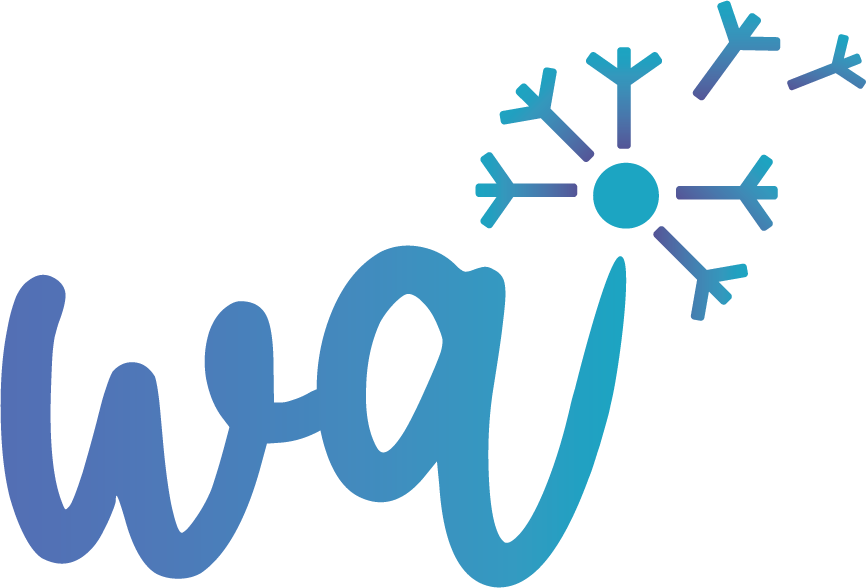
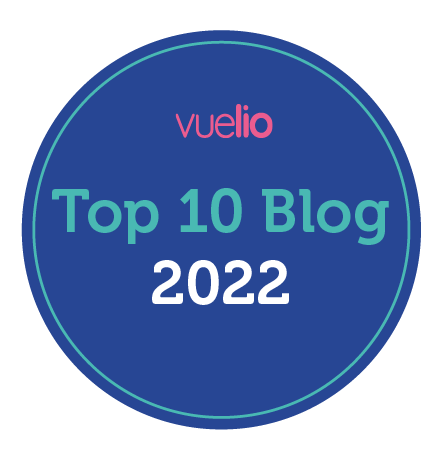

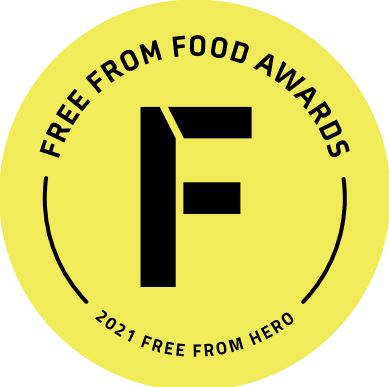


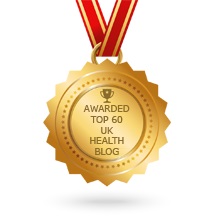

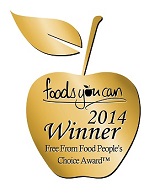

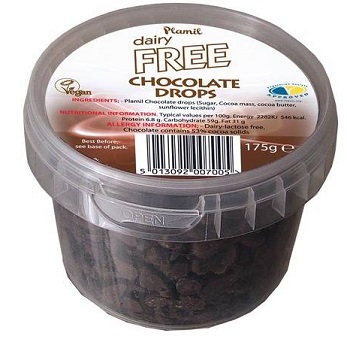
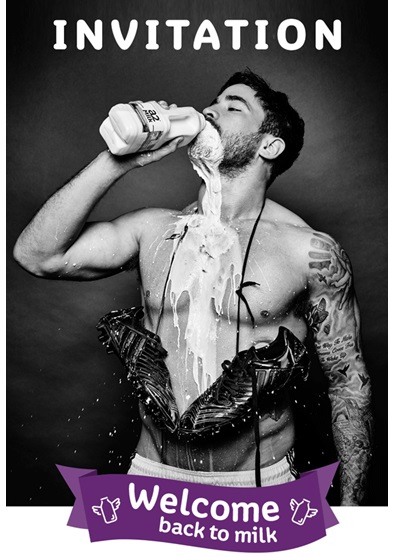
Leave a Reply